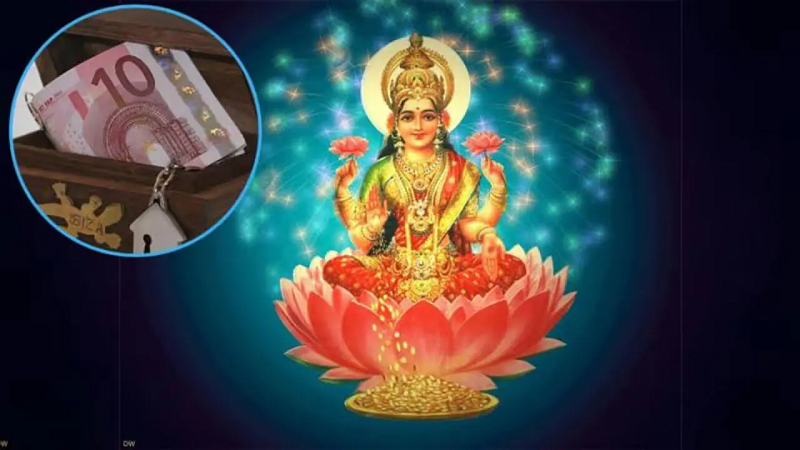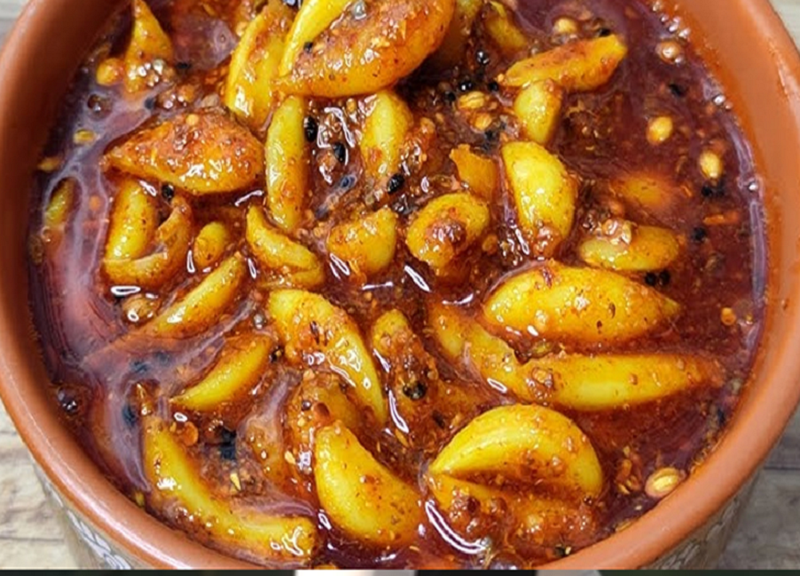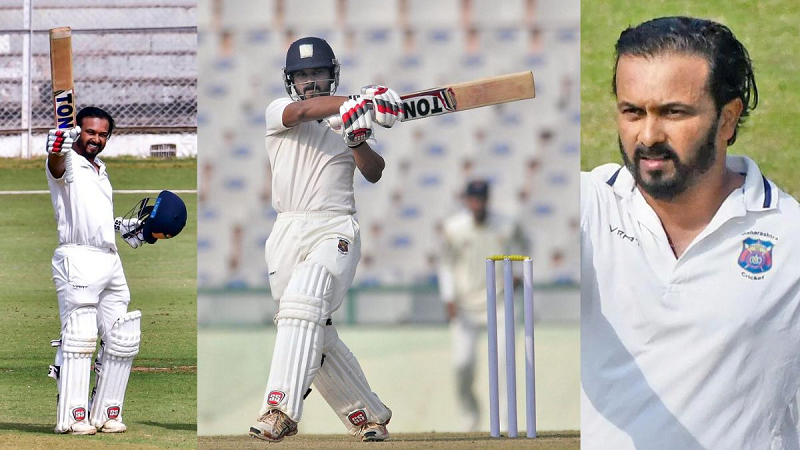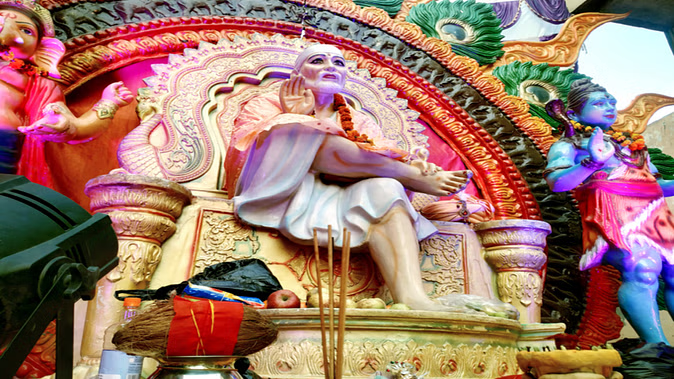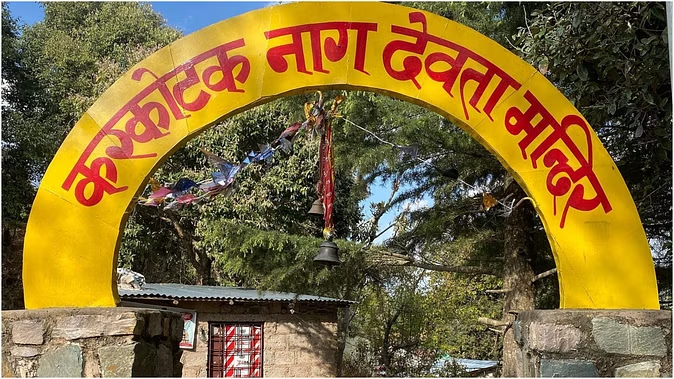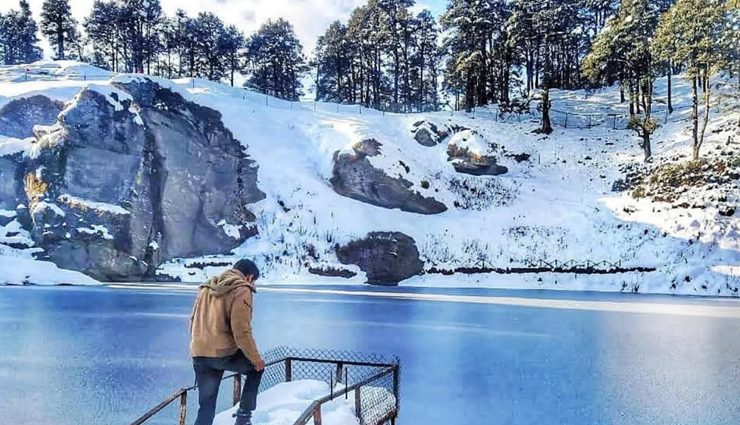India is a vast country whose history has been very unique and full of struggle. The British ruled here for 300 years. The presence of the British brought many changes in the condition of India. While on the one hand, there was an economic loss to the country, there were many losses as well. However, on the contrary, there have been many good changes in the country, such as the end of many social evils. At the same time, there have been many constructions during British rule, about which we are going to tell you today. Today the British have left India but even today the buildings and roads built by them show their love for architecture. Today in this episode, we are going to tell about those constructions which were built before the independence of India.

Gateway of India, Mumbai
The Gateway of India located in Mumbai's Colaba is an architectural marvel and is almost eight stories tall. Keeping both Hindu and Muslim styles of architecture in mind, it was built in 1911 to commemorate the visit of the king. A trip to Mumbai is incomplete without clicking a picture of yourself with the Gateway of India in the background. The Gateway of India is close to the shoppers' paradise Causeway and some of South Mumbai's famous restaurants like Bade Miyan, Cafe Mondegar, and the famous Cafe Leopold.
Fort St. George Church, Chennai
St. George's Fort is an important attraction of Chennai. It was built in 1640 by Francis Day of the East India Company. This fort was the trading center of the East India Company. For 150 years it remained the center of wars and conspiracies. The fort houses the old military cantonment, officers' quarters, St Mary's Church, and Robert Clive's house. This church is considered to be the oldest church built by the British in India. It is also called the first fort built by the British in India. Tamil Nadu Legislative Assembly is present in this fort today.
India Gate, Delhi
Of all the main attractions in Delhi, India Gate is one of the most visited by tourists. Set in the heart of Delhi in India as a national monument stands gracefully. 42 m. This tall monument has been constructed like the Arc-de-Triomphe of Paris. The original name of this memorial was All India War Memorial which was built in memory of about 70000 soldiers. These were the soldiers who sacrificed their lives on behalf of the British Army in World War I and the Third Anglo-Afghan War in 1919. Although the foundation stone of the building was laid by His Highness the Duke of Connaught in 1921, the monument was completed in 1931 by the then Viceroy Lord Irwin.
Howrah Bridge
Rabindra Setu is a "cantilever bridge" over the Hooghly River in West Bengal, India. It connects Howrah to Kolkata. Its original name was "Naya Haw Da Pul" which was changed to 'Rabindra Setu' on 14 June 1965. But now it is more popular as "Howrah Bridge". This bridge was constructed between 1937–1943. 26500 tonnes of steel was consumed in making it. The British used steel made in India to build this bridge. This bridge was given the shape of a floating bridge because many ships pass through this route. If a pillared bridge was made, the transportation of other ships would have stopped.
Rashtrapati Bhavan Delhi
Rashtrapati Bhavan is known for its impressive architecture and as the official residence of the President of India, apart from being one of the most prestigious buildings in India. This building came into existence when the country's capital was shifted from Kolkata to Delhi. The structure was built to accommodate the British Viceroy and thus the building depicts a classical blend of royal Mughal architecture and elegant as well as European architecture.

Pamban Bridge
India's first sea bridge i.e. 'Pamban Bridge' was opened for traffic in 1914. In February 2016, the construction of this bridge completed 102 years. This 6776 feet long bridge connects the religious place of Rameswaram to mainland of India. This bridge was badly damaged in a fierce storm on 22 December 1964, but due to the tireless work of the Indian Railways employees, it was repaired within 2 months. This bridge is a good testimony to the fact that how unique the construction technology of the British era was. This bridge also opens in two parts to give way to big ships.
Victoria Memorial, Kolkata
The Victoria Memorial, a tribute to the British Raj in India, was recreated and modeled on the Taj Mahal. It was opened to the general public in 1921, it also houses some photographs of the royal family. Apart from these prized exhibits, tourists come here to see the beautiful structure of the Victoria Memorial. It is one of the most famous sightseeing places in Kolkata.
Victoria Terminus, Mumbai
V. Tea. The station, also known as Chhatrapati Shivaji Station, has been a major business hub of Mumbai for many years. Here the crowd of urban youth lives And the area's sidewalks and subways have many essential items such as electronics, computer markets, and clothing stores. Tourists staying in South Mumbai have several options right below the hotel where they can bargain in shops selling 17th-century books, stamps, and coins.
Delhi bridge
This bridge built on the Yamuna River is also known as the bridge of East Delhi. The Mughal emperor Jahangir first built a wooden bridge at this place in 1622 to connect the fort to the city. The British built this bridge with iron girts, which was completed on 12 October 1883. It was seriously damaged in a storm in 1917 but was rebuilt. This bridge is still in use but now it will be closed in 2018. It is counted among the oldest bridges in India. This bridge is a unique example of the construction talent of the British.

Cellular Jail, Andaman Nicobar
This jail remains in Port Blair, the capital of the Andaman and Nicobar Islands. It was built by the British to imprison the fighters of the Indian freedom struggle, which was located thousands of kilometers away from the mainland of India, and thousands of kilometers away from the ocean. It was infamous by the name of black water. The foundation of this prison was laid in 1897 as a silent witness to the atrocities committed by the British government on the freedom fighters of India. There are 694 cells inside this jail. The purpose of making these cells was to stop the intermingling of prisoners. Now only three parts of this huge prison spread in seven branches like an octopus are left.



